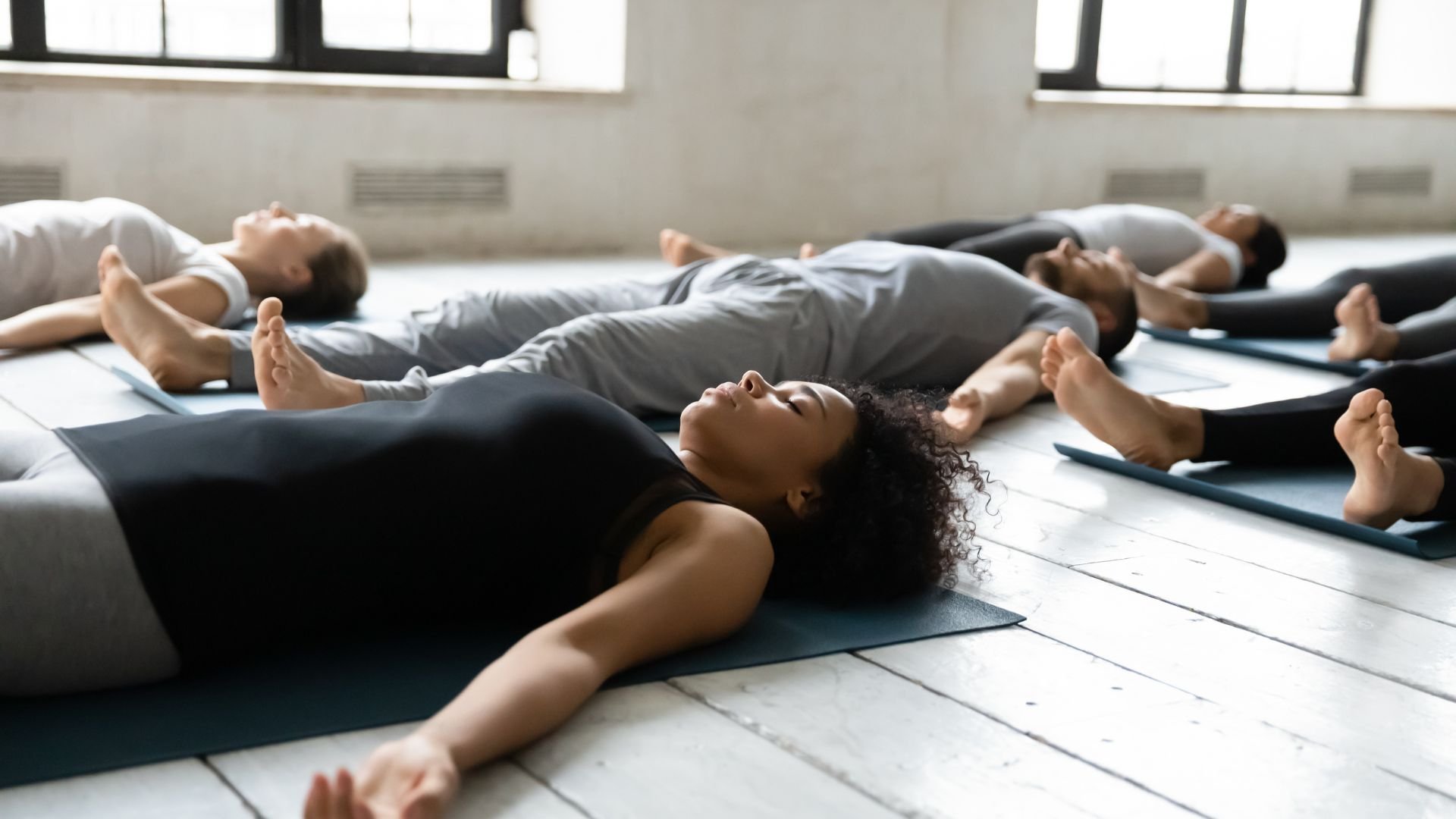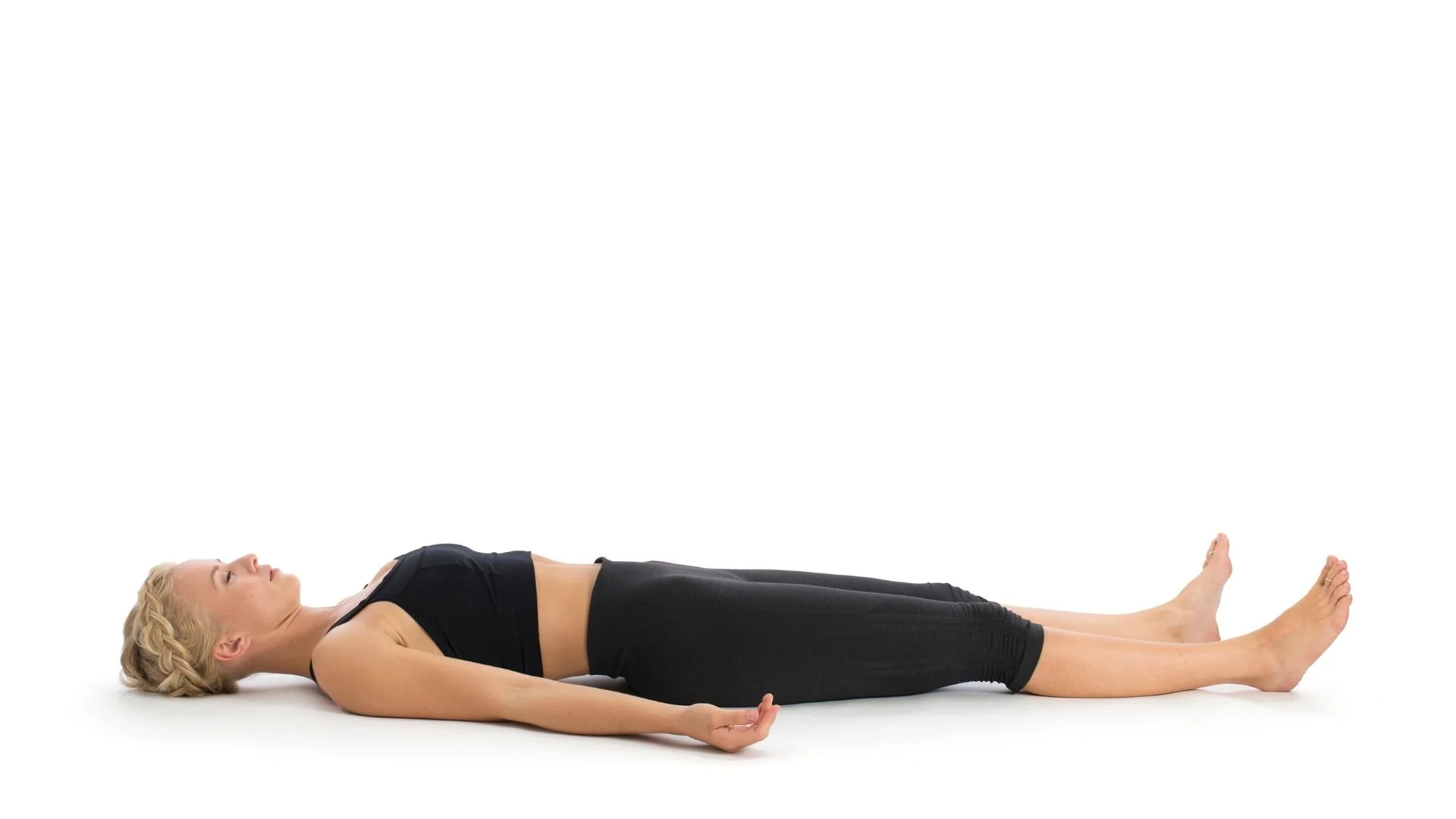Hey there, beautiful souls! Welcome to this incredible exploration of yoga, we’re so grateful to have you all here on this transformative journey. Let's dive right into the heart of the matter and discover the perfect yoga style for each of you.
Set Your Intention
One of the first steps in finding your ideal yoga style is to connect with your intention and goals. Take a moment to pause, breathe, and listen to your heart's calling. Are you seeking stress relief, flexibility, strength, mindfulness, or spiritual growth? Trust your intuition, and let your intention guide you toward the yoga practice that speaks to you.
Even though the neuroscience in our bodies, our brain and body are intricately connected. When you set a clear intention for your yoga practice, you activate specific neural pathways associated with motivation and focus that will guide you through your yoga journey.
Physical Fitness
Embrace your body with love and acceptance, just as it is. Whether you're a beginner or a seasoned practitioner, honor your body's wisdom. Choose a yoga style that aligns with your physical needs, fitness level, and any specific conditions you may have. Your practice is a celebration of your uniqueness.
For beginners or those seeking a gentle practice, gentle yoga, Hatha, and Restorative yoga might be the perfect fit, providing a nurturing and slow-paced approach that allows you to build a strong foundation.
If you aim to improve flexibility and overall mobility, consider exploring Vinyasa or Yin yoga. These dynamic styles incorporate flowing sequences and sun salutations, encouraging fluid movement and increased flexibility.
For those seeking to build strength and endurance, Power Yoga and even hot yoga classes might be the right fit. These vigorous practices incorporate challenging poses and sequences to boost muscle tone and stamina. Power Yoga is one of the most dynamic full body exercises you can practice. It focuses on improving all 4 Pillars of Fitness which are strength, flexibility, balance, and stamina.
Healing from Within
Yoga is not merely a physical practice—it's a journey of healing from the inside out. Open your heart to the therapeutic power of yoga. Feel the release of tension, the unwinding of anxiety, and the melting away of pain. Certain yoga styles, like Restorative and Yin, have a profound ability to heal the mind, body, and soul. Embrace the healing journey, and trust that yoga will carry you to a place of wholeness.
For emotional healing and energy activation: Kundalini yoga incorporates breathwork, chanting, and dynamic movements to awaken your inner power.
Yin Yoga, with its focus on meridian lines and long holds, supports the healing of deep emotional and physical imbalances.
Even flowing practices are designed to link the breath and the movement through sequences to create a moving meditation. All yoga styles are intended to bring unity to the mind, body, and soul.
The Journey of the Mind
As we move through asanas, pranayama, and meditation, we nourish not only our bodies but also our minds. Each breath, each movement, brings us closer to a state of profound awareness and mindfulness. Dive deep into the art of meditation and mindfulness-based practices. Discover the stillness within and allow it to guide you on this sacred journey of self-discovery.
Restorative yoga is a gentle and calming form of yoga that focuses on relaxation, mindfulness, and deep rest. It is specifically designed to help both the body and the mind relax and recover from the stresses of daily life.
In our modern hustle, we're often caught up in the yang energy – the constant movement, the rush. Yin Yoga is your oasis of tranquility. As you settle into those long, luxurious poses, you're not just stretching your body – you're stretching your mind. You're embracing the pause, the quiet, the space between thoughts.
Yoga Nidra is your ticket to pressing the pause button. It's not just relaxation; it's an expedition into the uncharted territories of your consciousness. Think of it as a mental massage, a soothing symphony for your neurons. As you lie there, your mind enters a state of conscious slumber, a place where tensions dissolve like morning mist. You're not merely relaxing; you're rejuvenating your very essence.
Choosing the best type of yoga for you involves thoughtful consideration of your intention and goals, physical body, specific medical conditions, and experience level. Yoga is a personal journey, and what works for one person may not suit another. It's essential to remain open-minded and try different styles to discover the practice that resonates with you on a physical, mental, and spiritual level. Remember that yoga is not just about the physical postures but a holistic path to well-being and self-discovery.
Ultimately, the best type of yoga for you is the one that brings you joy, balance, and harmony, allowing you to embrace the transformative power of this ancient practice in your daily life.










